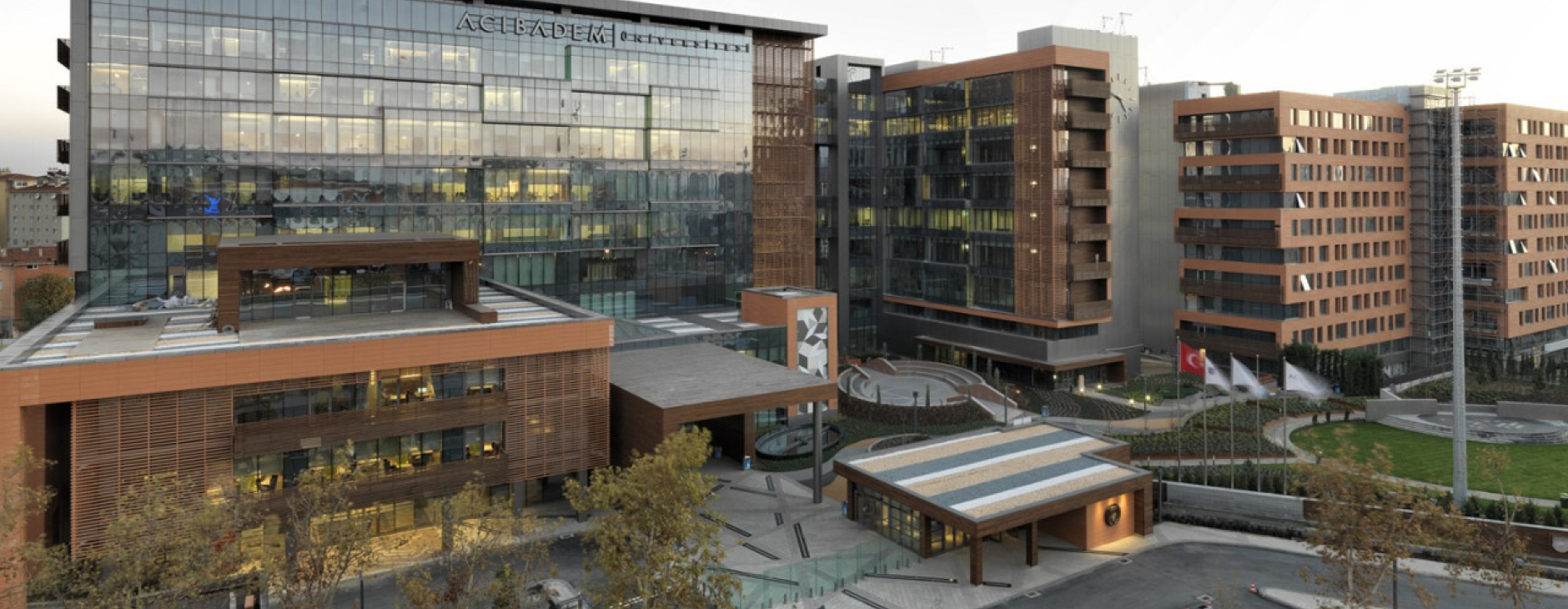Acıbadem Üniversitesi
Açık Erişim Sistemi

Dspace'deki Komüniteler
Koleksiyonlarına göz atmak için bir komünite seçin.
- Acıbadem Sağlık Bilimleri Dergisi
- Acıbadem Üniversitesi tezlerini içerir.
- Acıbadem Üniversitesi adresli, Web of Science indeksli ve açık erişimli yayınları içerir.
- Acıbadem Üniversitesi tarafından yayınlanan e-kitapları içerir.
Son Gönderiler
Item type:Yayın, Assessment of Gait Adaptation Following Surgery in Pediatric Patients with Split Cord Malformation(Acıbadem Mehmet Ali Aydınlar Üniversitesi, 2023) Şaban, EnisItem type:Yayın, Hemşirelerin Ve Hemşirelik Öğrencilerinin Kültürlerarası Farkındalık, Etkililik Ve Kültürel Hoşgörü Düzeylerinin İncelenmesi: Kültürler Arası Karşılaştırma(Acıbadem Mehmet Ali Aydınlar Üniversitesi, 2025) Altıntaş, BilgehanItem type:Yayın, Nurse-Sensitive Quality Indicators: A Multicenter Analysis(Acıbadem Üniversitesi Sağlık Bilimleri Dergisi, 2025) Pamir Aksoy, Nuran Ayşen; Eti Aslan, FatmaItem type:Yayın, Comparison of Different Face Masks on Physiology and Tolerability(Acıbadem Üniversitesi Sağlık Bilimleri Dergisi, 2025) Eren, Murat Tuğrul; Pamukçu, BurakItem type:Yayın, An Evaluation of the Feasibility and Utility of Automated HyperArc Planning for Multiple Brain Metastases: A Comparative Dosimetric Analysis(Acıbadem Üniversitesi Sağlık Bilimleri Dergisi, 2025) Şenkesen, Öznur; İspir, Emine Burcin; Özen, Zeynep; Abacıoglu, Ufuk






